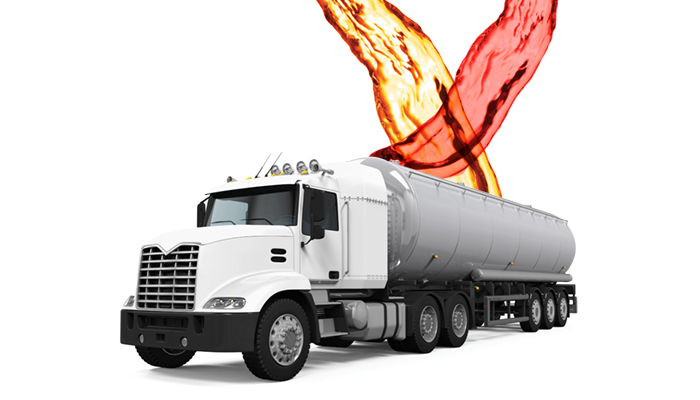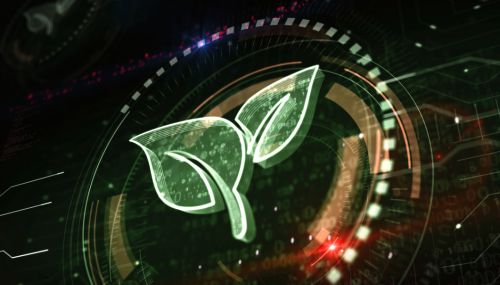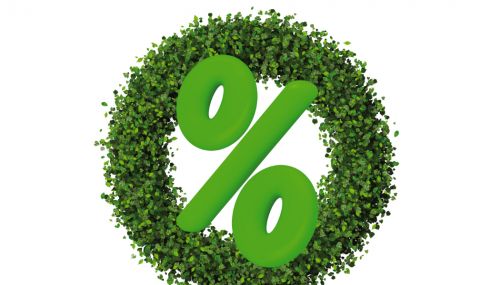All
DOE Publishes Guidelines for Biodiesel Blending

The U.S. Department of Energy recently published the Fifth Edition of the Biodiesel Handling and Use Guide. The following information is excerpted from the manual’s section on biodiesel blending.
Most biodiesel users purchase finished B20 or lower blends from their petroleum distributors or biodiesel marketers. In this case, the distributor is responsible for ensuring that the biodiesel has been properly blended and that the cold flow properties of the finished blend will provide satisfactory performance for the area and time of year. You may also want to specify in your purchase contract or agreement that the fuel meet certain low-temperature operability requirements.
- B100 may be splash blended with diesel fuel by the end user in a storage tank or transport truck.
- B100 is blended at a petroleum terminal or rack by a pipeline or terminal operator (usually through injection blending) and offered as a finished blend. This product is sold directly to customers or to a petroleum jobber or distribution company for further sale to customers. This is the preferred method because it ensures complete blending.
- The chemical nature of biodiesel allows it to be blended with any kind of distillate or diesel fuel. Once biodiesel is blended thoroughly with diesel fuel, they stay blended together and do not separate over time, if the blend is maintained at temperatures above its cloud point. B100 should be blended with diesel fuel as soon as reasonable after purchasing, regardless of the time of year.
- Always retain one-quart samples of the diesel and B100 before blending. If any problems arise, these samples may help you determine whether they were caused by the fuel or by something else. Once the customers have run through the current batch of blended fuel with no problems, you can mix the retained samples into the new batch of blended fuel.
- Splash blending is appropriate for locations where the biodiesel and diesel fuel are loaded separately, or, in some cases, at the same time through different incoming sources, but at a high enough fill rate that the fuels are sufficiently mixed (several hundred gallons per minute for the diesel fuel). In some cases, the tank may need to be recirculated or further mixed to thoroughly blend the two fuels. If mixing is not complete, the slightly denser biodiesel will settle to the bottom. If the entire load is then pumped in to a customer tank, this action will usually be enough to cause complete mixing. But for loads split between customers, the load must be well mixed at the time of blending. This pumping is generally enough mixing for biodiesel blends, except in cold weather where the ambient temperature is significantly below the B100 cloud point. Putting B100 into a cold, empty tank truck can cause the fuel to gel, resulting in the two fuels mixing poorly or not at all. In cold weather, it is better to load half the diesel, then the biodiesel, followed by the rest of the diesel fuel.
- In-Line Blending. In-line blending occurs when the biodiesel is added to a stream of diesel fuel as it travels through a pipe or hose in such a way that the biodiesel and diesel fuel become thoroughly mixed by the turbulent movement through the pipe. The biodiesel is added slowly and continuously into the moving stream of diesel fuel via a smaller line inserted in a larger pipe, or it can be added in small slug or pulsed quantities spread evenly throughout the time the petroleum diesel is being loaded. This is similar to the way most additives are blended into diesel fuel today and is most commonly used at pipeline terminals and racks. In some cases, distributors who carry B100 and petroleum diesel in separate compartments and blend the two as they are loading into a customer’s tank also use this method.
- Cold weather blending is a concern in situations where the diesel fuel temperature falls below the cloud point of the B100 you are blending. If the diesel fuel temperature is above the cloud point of the final blend, any crystals that form during blending should go back into solution. This process can be assisted by blending equipment that agitates the two fuels during blending. That agitation helps disperse the fuels and crystals more uniformly and can provide some energy to help the crystals dissolve.
- Blends should be stored in tanks that can ensure the fuel temperature will remain above the cloud point of the blend. Blended fuels can be stored below ground in most climates. B20 may be stored in aboveground tanks, depending on the cloud and pour points of the blended fuel, the heating capacities for the fuel, and the local ambient weather conditions.
Related Posts
 How to Set Your Business Apart with Renewable Propane
How to Set Your Business Apart with Renewable Propane
Posted on October 16, 2025
 EIA Report: Biodiesel and Renewable Diesel Imports Fall Sharply
EIA Report: Biodiesel and Renewable Diesel Imports Fall Sharply
Posted on October 16, 2025
 Northeast Liquid Fuel Providers Put Higher Bioblends in Focus
Northeast Liquid Fuel Providers Put Higher Bioblends in Focus
Posted on August 19, 2025
 Lower Carbon Lineup Puts Businesses on the Path to Net Zero Goals
Lower Carbon Lineup Puts Businesses on the Path to Net Zero Goals
Posted on August 18, 2025
Join Our Email List For Updates!
Enter your email to receive important news and article updates.
